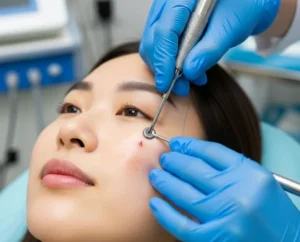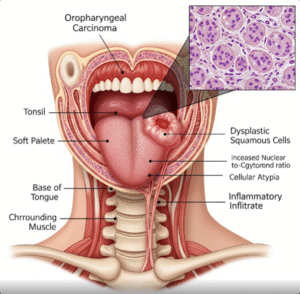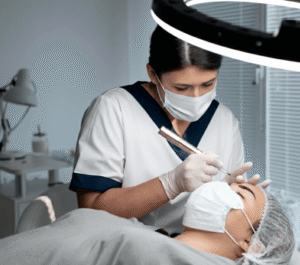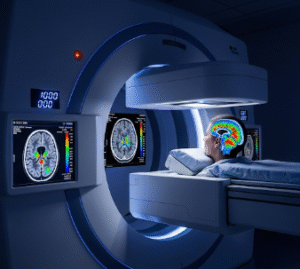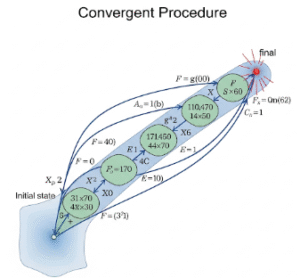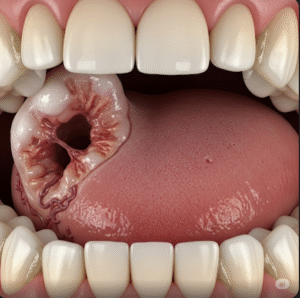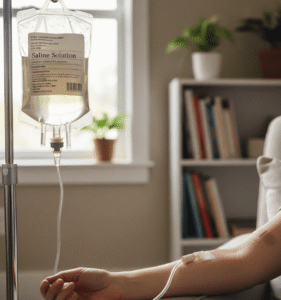Overview
Excessive daytime sleepiness (EDS), also called hypersomnia, is a condition characterized by persistent drowsiness and an overwhelming urge to sleep during the day, even after adequate nighttime sleep. This condition can interfere with work, social activities, and overall quality of life. EDS may be primary (intrinsic to sleep-wake regulation) or secondary (caused by underlying medical, neurological, or lifestyle factors). In Korea, sleep clinics, neurology departments, and specialized sleep disorder centers provide comprehensive evaluation, sleep studies, and tailored management plans to address hypersomnia and its underlying causes.
Highlights:
➤ Persistent daytime drowsiness despite adequate sleep
➤ Can significantly impair daily functioning and productivity
➤ Often manageable with lifestyle changes, medical therapy, and sleep hygiene
Key Facts
➤ Prevalence: Estimated 5–10% of adults report significant daytime sleepiness
➤ Age affected: Can affect all age groups; prevalence increases with aging and chronic illness
➤ Gender: Both males and females are affected
➤ Impact: Increases risk of accidents, cognitive impairment, emotional difficulties, and reduced work performance
➤ Prognosis: With proper evaluation and treatment, most individuals experience significant symptom improvement
What is Excessive Daytime Sleepiness?
Excessive daytime sleepiness refers to a chronic inability to stay awake and alert during normal waking hours. Key features include:
- Persistent sleepiness: Feeling drowsy or fatigued even after 7–9 hours of sleep
- Uncontrollable urge to nap: Falling asleep involuntarily during the day
- Cognitive impairment: Difficulty focusing, memory lapses, and reduced attention span
- Mood disturbances: Irritability, low motivation, and anxiety
EDS may occur independently as a primary disorder (e.g., idiopathic hypersomnia or narcolepsy) or secondary to sleep apnea, restless legs syndrome, depression, or medications.
Highlights:
➤ Affects alertness, attention, and cognitive function
➤ May be primary or secondary in origin
➤ Requires careful evaluation to identify underlying causes
What Symptoms Are Related to Excessive Daytime Sleepiness?
➤ Persistent drowsiness – Feeling sleepy throughout the day
➤ Sudden sleep episodes or nodding off – Especially during passive activities like reading or watching TV
➤ Difficulty concentrating or remembering – Reduced cognitive performance
➤ Mood changes: Irritability, low motivation, anxiety, or depression
➤ Reduced physical performance: Fatigue, clumsiness, or slower reaction times
➤ Impact on daily life: Poor work productivity, social withdrawal, and risk of accidents
Highlights:
➣ Symptoms often interfere with occupational, social, and personal life
➣ Early recognition can prevent accidents and cognitive decline
What Causes / Possible Causes
➤ Primary sleep disorders: Idiopathic hypersomnia, narcolepsy, and circadian rhythm disorders
➤ Obstructive sleep apnea (OSA): Repeated airway collapse during sleep leading to fragmented sleep
➤ Medication-induced: Sedatives, antihistamines, or certain antidepressants
➤ Medical conditions: Hypothyroidism, diabetes, heart disease, or chronic pain
➤ Neurological disorders: Parkinson’s disease, multiple sclerosis, or stroke
➤ Lifestyle factors: Sleep deprivation, irregular sleep schedule, shift work, or excessive alcohol use
➤ Psychiatric conditions: Depression or anxiety contributing to poor sleep quality
Highlights:
➣ Causes can be primary neurological disorders or secondary to lifestyle, medications, or medical conditions
➣ Accurate diagnosis is essential for effective treatment
When Should I See My Doctor?
➤ Persistent daytime sleepiness interfering with work, driving, or daily activities
➤ Sudden sleep attacks – Falling asleep uncontrollably during the day
➤ Associated symptoms: Loud snoring, witnessed apneas, restless legs, or mood disturbances
➤ Medication or substance-related sleepiness – Persistent drowsiness despite adjusting lifestyle
➤ Cognitive or functional impairment – Difficulty concentrating, memory lapses, or poor performance
Highlights:
➣ Early evaluation at a Korean sleep clinic or neurology center ensures accurate diagnosis
➣ Timely intervention prevents accidents, emotional distress, and cognitive decline
Care and Treatment
➤ Lifestyle modifications: Maintain regular sleep-wake schedule, limit caffeine/alcohol, and exercise regularly
➤ Sleep hygiene: Create a dark, quiet, and comfortable sleeping environment; avoid electronic devices before bed
➤ Behavioral therapy: Cognitive-behavioral therapy (CBT) for insomnia or anxiety contributing to EDS
➤ Medications:
- Stimulants or wakefulness-promoting agents: Modafinil, armodafinil, or methylphenidate for primary hypersomnia or narcolepsy
- Treat underlying sleep disorders: CPAP for sleep apnea or iron supplementation for restless legs
➤ Regular monitoring: Track sleep patterns, daytime alertness, and response to therapy
Highlights:
➣ Most cases improve with lifestyle changes, sleep hygiene, and targeted therapy
➣ Combination approaches yield best outcomes
Treatment Options in Korea
Medical Treatments:
➤ Sleep clinics and neurology departments: Comprehensive evaluation including polysomnography (sleep study) and multiple sleep latency testing
➤ Prescription medications: Stimulants, wakefulness-promoting agents, or other medications tailored to underlying cause
➤ Lifestyle and behavioral counseling: Sleep hygiene, stress management, and cognitive therapy
Advanced Procedures:
➤ Continuous positive airway pressure (CPAP): For obstructive sleep apnea-induced EDS
➤ Chronotherapy: Adjusting sleep-wake schedules for circadian rhythm disorders
➤ Follow-up care: Monitoring response to therapy, sleep patterns, and functional outcomes
Rehabilitation & Follow-Up Care:
➤ Education on healthy sleep habits, avoidance of sedating substances, and stress reduction
➤ Continuous monitoring to prevent recurrence and improve daytime functioning
➤ Multidisciplinary support for psychological, occupational, and social challenges
Highlights:
➣ Korean sleep disorder centers provide advanced diagnostics, individualized therapy, and long-term support
➣ Early intervention ensures improved alertness, productivity, and overall quality of life



